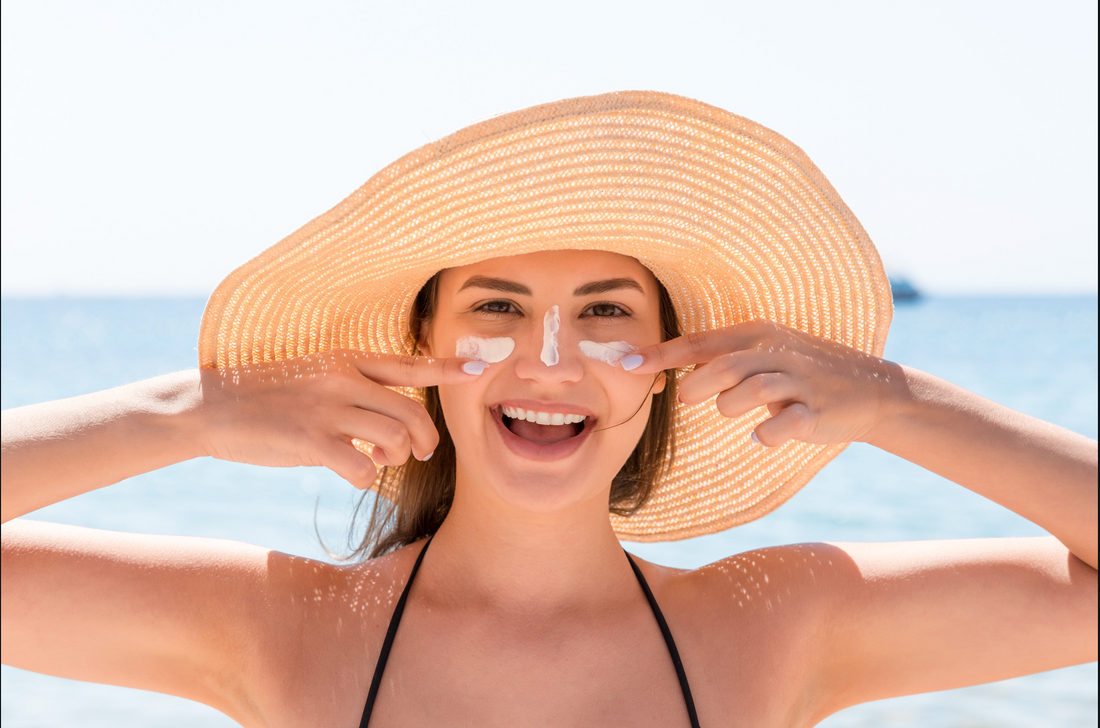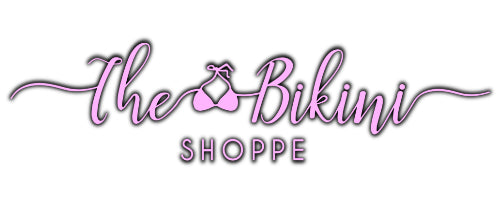
Sunscreen 101
With so many sunscreens on the market, each making a claim that they’re the best for your skin, the reef, the environment, it can be difficult to know the best choice to make for you. Follow this guide to understand the ins and outs of sunscreen so you know what to look for when seeking protection from those harsh UV rays.

The Basics
The most important part of sunscreen is in the name - you want to ensure you are being “screened” from the sun to prevent sunburns and protect from skin cancer. The best indicator of this is in the sunscreen’s SPF, and whether it protects from UVA, UVB, or both.
SPF is the Sun Protection Factor, which indicates the strength of protection from UV rays and contributes to the length of time you are protected from eventual sunburn.
For example:
SPF 15 protects against 93% of the sun’s rays, and gives you 15x more time before a sunburn would begin to set in.
SPF 30 protects against 97% of the sun’s rays, giving you 30x more time.
SPF 50 protects against 98% of the sun’s rays, giving you 50x more time.
When protecting against UV rays, there are two types to keep in mind: UVA and UVB
UVA have long wave-lengths and can travel through shade, clouds, and glass, penetrating deeper into the skin than UVB which promotes the release of melanin (tanning) and has a higher tendency to cause skin cancer, aging, and wrinkling.
UVB are shorter wave lengths, which leaves them more likely to cause surface-layer damage, contributing to skin reddening and sunburn and prompts the skin to produce new melanin, the primary cause of tanning.

Sunscreen VS Sunblock
Sunscreen is transparent when applied to the skin, absorbing the UV rays before they can travel to the skin. Sunscreen needs more frequent reapplication because the protective active ingredients break down when they intercept the UV rays. Sunscreen tends to be more chemically based, using ingredients like oxybenzone and octinoxate.
Sunblock is not transparent, as it blocks and reflects the UV rays, giving it a thicker consistency requiring less reapplication. Sunblock tends to be more mineral-based, using ingredients like titanium dioxide or zinc oxide.

What is Reef Safe?
While the science is still understanding the impact of sunscreen use on coral reefs, we do have preliminary research indicating that the two most common chemical UV filters, oxybenzone and octinoxate, pose detrimental effects towards choral reefs.
A 2016 study found that baby coral exposed to these chemicals exhibit signs of distress, such as coral bleaching, which leaves coral vulnerable to infection. Another study indicate that octrocrylline, another chemical ingredient, can generate the chemical benzophenone which is carcinogenic and has hormone-disrupting effects on fish, corals, and other sea life.
However, this is not a reason to go without sunscreen. Even if chemical sunscreen is the only option at hand, it is more important to ensure that you are protected from the harmful UV rays, as the amount of sunscreen deposited into the ocean each time you swim is much lower than the levels tested in the lab. Get enough people in the ocean and the levels might approach a long-term, low-dose chronic exposure situation, but the research is still not definitive.
In the meantime, using secondary sun protection methods, such as wearing a rash guard, is the best way to keep yourself and marine life protected.
